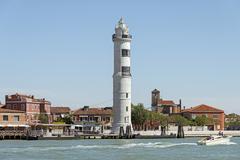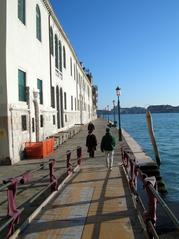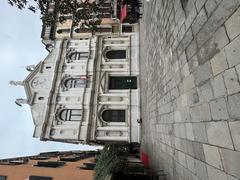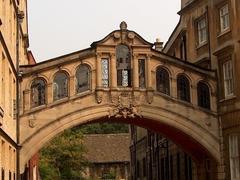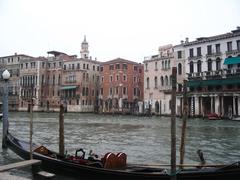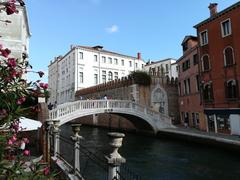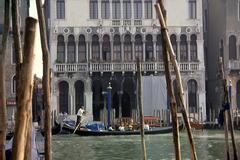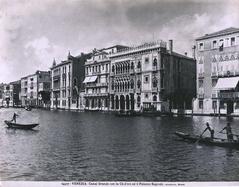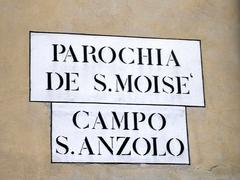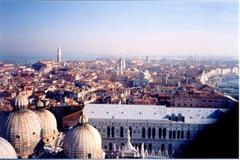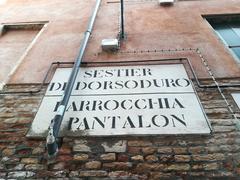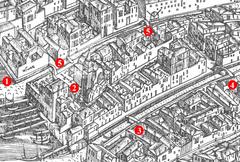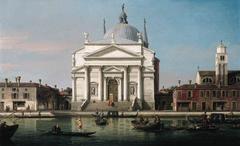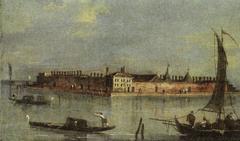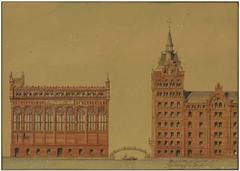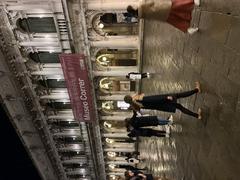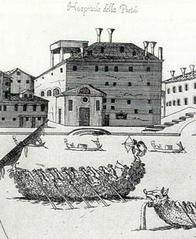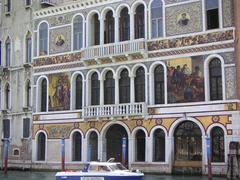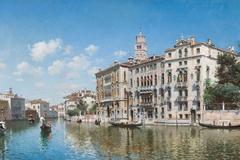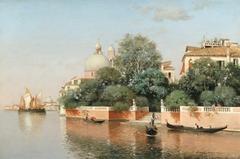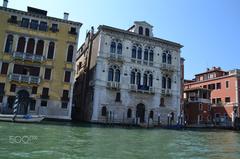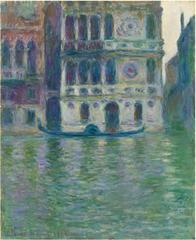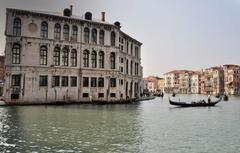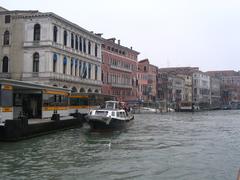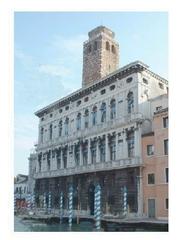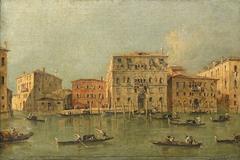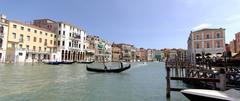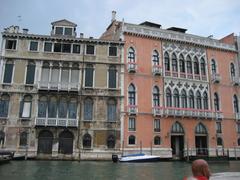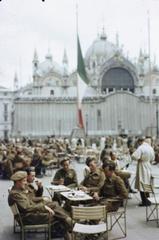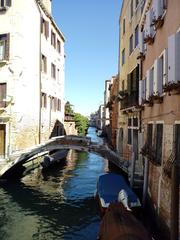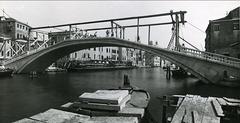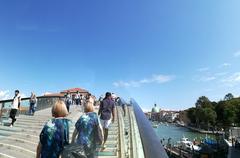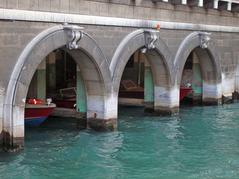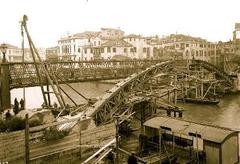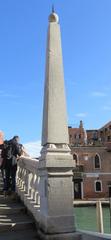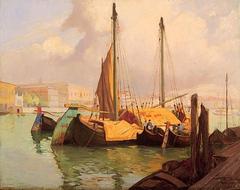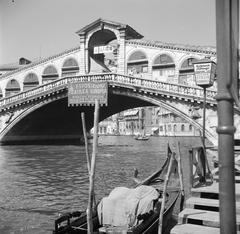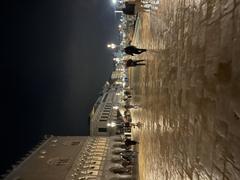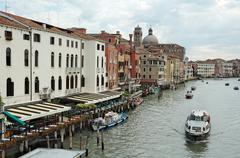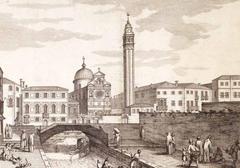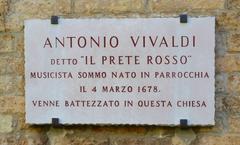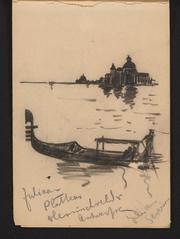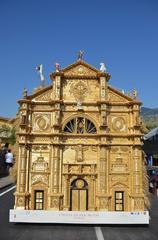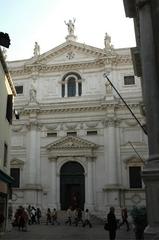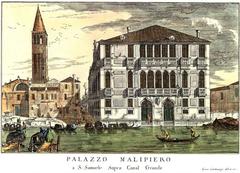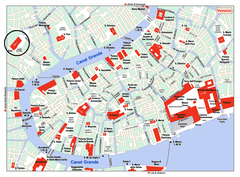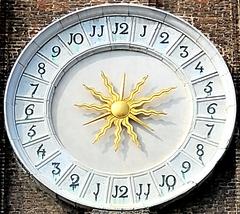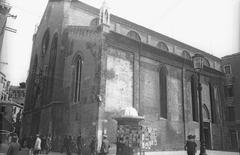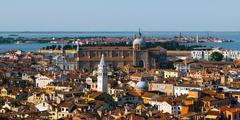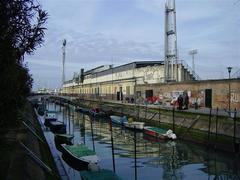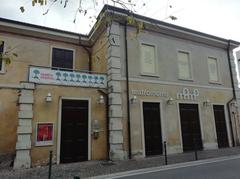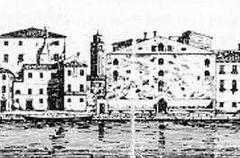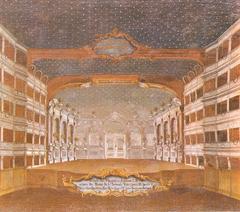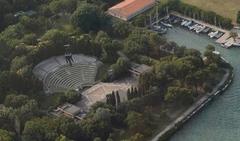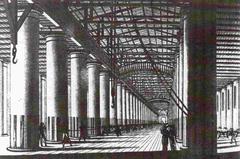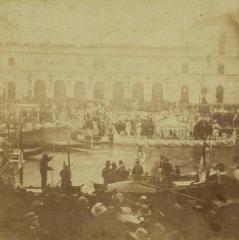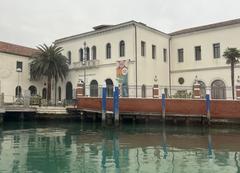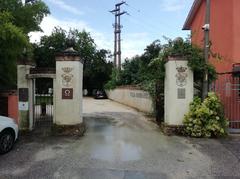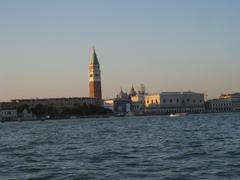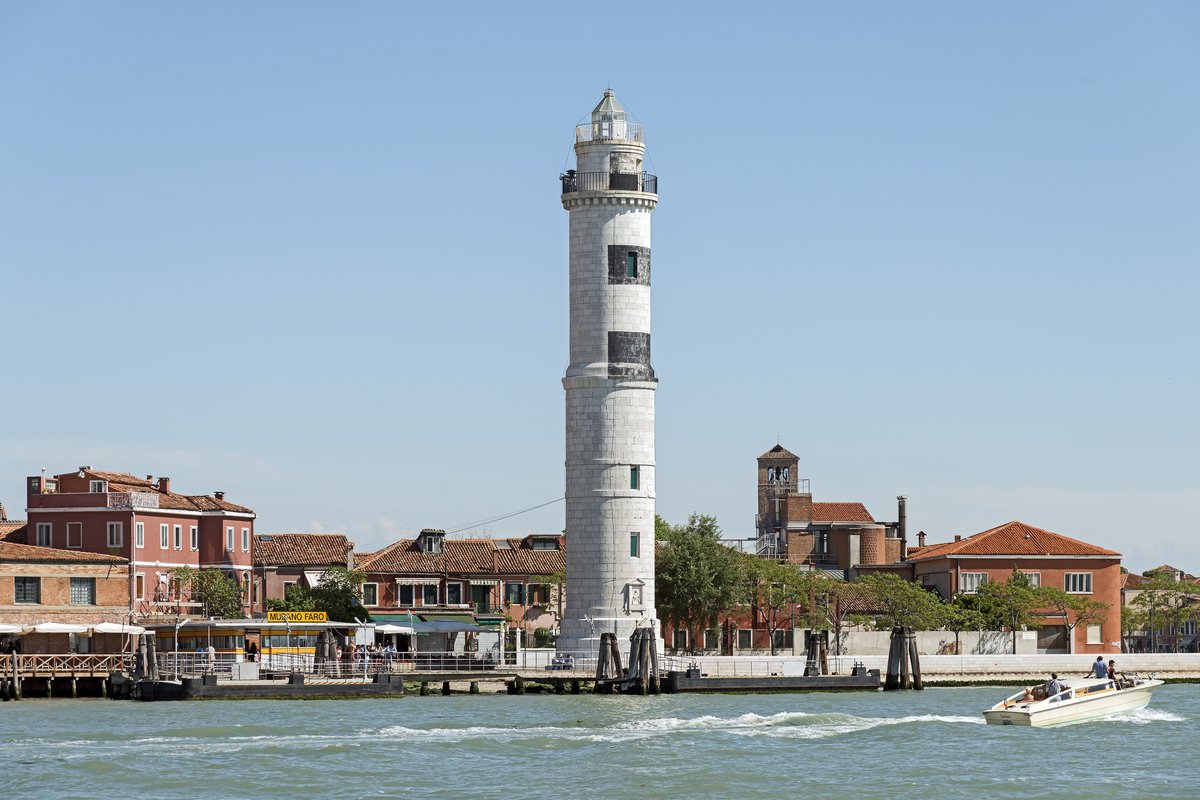
Murano Lighthouse Visiting Guide: Hours, Tickets, and Travel Tips
Publishing Date: 19/07/2024
Introduction to Murano Lighthouse
The Murano Lighthouse, or ‘Faro di Murano,’ is a captivating landmark situated on the island of Murano in Venice, Italy. Known for its historical, cultural, and architectural significance, the lighthouse has been a vital navigational aid since the 19th century. Constructed in 1912 with durable Istrian stone, the lighthouse replaced an earlier wooden structure and stands as a testament to Venice’s maritime legacy. Murano itself is famed for its glassmaking industry, and the lighthouse serves as a symbol of the island’s rich artisanal history. Beyond its navigational role, the lighthouse is also a cultural icon, featured in various artworks and literary works (ACTV, Venice Tours). This comprehensive guide aims to provide visitors with all the necessary information to make the most of their visit, from historical insights to practical travel tips and nearby attractions.
Contents Overview
- Introduction
- Historical Significance
- Cultural Significance
- Architectural Significance
- Navigational Significance
- Tourism and Educational Significance
- Visitor Information
- Visiting Hours
- Tickets
- Travel Tips
- Nearby Attractions
- Accessibility
- Preservation Efforts
- Community Significance
- Conclusion
- FAQ
Historical Significance
The Murano Lighthouse, constructed in the 19th century, has been a crucial navigational aid for vessels navigating the Venetian Lagoon. Its historical importance is underscored by its role in ensuring the safe passage of ships, particularly during the era when Venice was a major maritime power. The lighthouse’s construction was part of a broader effort to modernize and secure Venice’s waterways, reflecting the city’s ongoing relationship with the sea.
The original structure was built in 1912, replacing an earlier wooden lighthouse. The current lighthouse, made of Istrian stone, is a testament to the architectural and engineering advancements of the time. Its cylindrical shape and white exterior make it a distinctive landmark. The lighthouse was automated in the 20th century, but it still retains its historical charm and continues to be a symbol of Murano’s maritime heritage.
Cultural Significance
Murano is renowned for its glassmaking industry, and the lighthouse is intrinsically linked to this cultural identity. The island’s glassmakers have been producing world-famous Murano glass for centuries, and the lighthouse serves as a reminder of the island’s rich artisanal history. The light from the lighthouse not only guided ships but also symbolized the brilliance and clarity of Murano glass.
The lighthouse is also a cultural icon, featured in various artworks, photographs, and literary works. It represents the resilience and ingenuity of the Venetian people, who have thrived despite the challenges posed by their unique environment. The lighthouse’s enduring presence is a source of pride for the local community and a point of interest for visitors seeking to understand the cultural fabric of Murano.
Architectural Significance
Architecturally, the Murano Lighthouse is a fine example of early 20th-century lighthouse design. Its cylindrical tower, constructed from durable Istrian stone, stands approximately 35 meters tall. The lighthouse’s design is both functional and aesthetically pleasing, with its white exterior providing a stark contrast against the blue waters of the lagoon.
The lighthouse’s Fresnel lens, a marvel of optical engineering, enhances its significance. The lens, which was a revolutionary invention in the 19th century, allows the light to be visible from great distances, ensuring the safety of mariners. The use of such advanced technology in the lighthouse’s construction highlights the importance placed on maritime safety and innovation during that period.
Navigational Significance
The primary function of the Murano Lighthouse has always been to guide ships safely through the Venetian Lagoon. The lagoon’s shallow waters and numerous islands make navigation challenging, and the lighthouse’s powerful beam has been a critical aid for mariners. The lighthouse’s light, which can be seen from several nautical miles away, helps to prevent accidents and ensures the smooth flow of maritime traffic.
In addition to its role in navigation, the lighthouse also serves as a weather station, providing valuable meteorological data to sailors and local authorities. This dual function underscores the lighthouse’s importance in maintaining the safety and efficiency of maritime operations in the region.
Tourism and Educational Significance
Today, the Murano Lighthouse is a popular tourist attraction, drawing visitors from around the world. Its historical and cultural significance, combined with its picturesque location, makes it a must-visit site for those exploring Venice and its surrounding islands. The lighthouse offers stunning views of the lagoon and the city, providing a unique perspective on Venice’s maritime landscape.
Educationally, the lighthouse serves as a living museum, offering insights into the history of maritime navigation and the technological advancements that have shaped it. Guided tours and informational displays provide visitors with a deeper understanding of the lighthouse’s role in Venice’s history and its ongoing significance.
Visitor Information
Visiting Hours
The Murano Lighthouse is open to visitors from 9:00 AM to 6:00 PM, Monday through Sunday.
Tickets
Admission tickets are priced at €5 for adults and €3 for children and seniors. Tickets can be purchased online or at the entrance.
Travel Tips
To reach the Murano Lighthouse, take a vaporetto (water bus) from Venice to Murano Island. The lighthouse is a short walk from the Murano Colonna stop. Comfortable walking shoes are recommended due to the cobblestone streets.
Nearby Attractions
While on Murano Island, visitors can explore the Murano Glass Museum, the Church of Santa Maria e San Donato, and various glassmaking workshops and boutiques. Notable sites include:
- Museo del Vetro (Glass Museum): Located in the Palazzo Giustinian, the museum showcases the history and art of glassmaking from ancient times to the present (Museo del Vetro).
- Church of Santa Maria e San Donato: This historic church is famous for its beautiful Byzantine mosaics and is one of the oldest churches in the Venetian Lagoon (Santa Maria e San Donato).
Accessibility
The lighthouse is accessible to visitors with limited mobility, with ramps and elevators available for ease of access.
Preservation Efforts
Efforts to preserve the Murano Lighthouse are ongoing, reflecting its importance as a historical and cultural landmark. Restoration projects have focused on maintaining the structural integrity of the lighthouse and preserving its original features. These efforts ensure that the lighthouse remains a vibrant part of Murano’s heritage and continues to inspire future generations.
The lighthouse is also part of broader conservation initiatives aimed at protecting Venice’s unique architectural and cultural heritage. These initiatives highlight the interconnectedness of the city’s various historical sites and the importance of preserving them for future generations.
Community Significance
For the residents of Murano, the lighthouse is more than just a navigational aid; it is a symbol of their identity and heritage. The lighthouse’s light, which has guided countless ships to safety, also represents the resilience and determination of the local community. It is a source of pride and a reminder of the island’s rich history and cultural legacy.
Community events and celebrations often feature the lighthouse, underscoring its significance in local traditions and festivities. The lighthouse’s enduring presence is a testament to the strong sense of community and continuity that characterizes Murano.
Conclusion
The Murano Lighthouse is a multifaceted landmark with historical, cultural, architectural, navigational, and community significance. Its enduring presence continues to illuminate the rich maritime heritage of Murano and Venice, making it an essential part of any visit to the region. Whether you’re captivated by its history, architecture, or the stunning views it offers, the Murano Lighthouse is sure to leave a lasting impression.
FAQ
Q: What are the Murano Lighthouse visiting hours?
A: The lighthouse is open from 9:00 AM to 6:00 PM, Monday through Sunday.
Q: How much do tickets to the Murano Lighthouse cost?
A: Tickets are priced at €5 for adults and €3 for children and seniors.
Q: How can I reach the Murano Lighthouse?
A: Take a vaporetto (water bus) from Venice to Murano Island. The lighthouse is a short walk from the Murano Colonna stop.
Q: Is the Murano Lighthouse accessible to visitors with limited mobility?
A: Yes, the lighthouse is accessible, with ramps and elevators available.
Q: What other attractions can I visit on Murano Island?
A: Visitors can explore the Murano Glass Museum, the Church of Santa Maria e San Donato, and various glassmaking workshops and boutiques.
Call to Action
For more information on visiting the Murano Lighthouse and other historical sites in Venice, download the Audiala app, check out our other related posts, and follow us on social media for the latest updates and travel tips.
Summary and Key Points
The Murano Lighthouse is more than just a navigational aid; it is a beacon of Venice’s rich maritime heritage and cultural identity. Its historical significance, architectural beauty, and the role it plays in guiding ships through the Venetian Lagoon make it a must-visit landmark. Visitors to Murano can not only admire the lighthouse but also explore the island’s renowned glassmaking industry, historic churches, and picturesque surroundings. Efforts to preserve this iconic structure ensure that it remains a vibrant part of Murano’s heritage, inspiring future generations. Whether you are a history enthusiast, a cultural explorer, or simply a curious traveler, the Murano Lighthouse offers a unique and enriching experience that beautifully encapsulates the essence of Venice (Museo del Vetro, Santa Maria e San Donato). For more information and updates, be sure to download the Audiala app, check out our other related posts, or follow us on social media.
Citations and Further Reading
- ACTV, 2024, ACTV
- Venice Tours, 2024, Venice Tours
- Museo del Vetro, 2024, Museo del Vetro
- Santa Maria e San Donato, 2024, Santa Maria e San Donato
